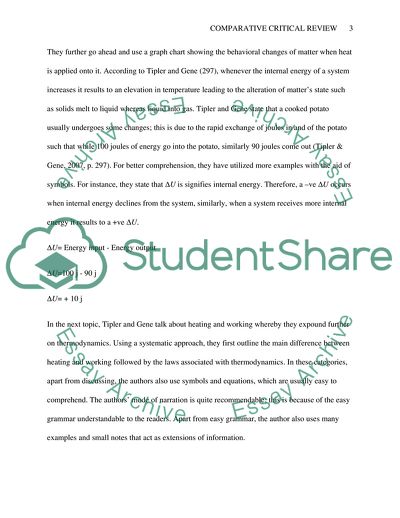Cite this document
(Temperature, Energy and the First Law of Thermodynamics Book Report/Review, n.d.)
Temperature, Energy and the First Law of Thermodynamics Book Report/Review. Retrieved from https://studentshare.org/physics/1826006-comparative-critical-review
Temperature, Energy and the First Law of Thermodynamics Book Report/Review. Retrieved from https://studentshare.org/physics/1826006-comparative-critical-review
(Temperature, Energy and the First Law of Thermodynamics Book Report/Review)
Temperature, Energy and the First Law of Thermodynamics Book Report/Review. https://studentshare.org/physics/1826006-comparative-critical-review.
Temperature, Energy and the First Law of Thermodynamics Book Report/Review. https://studentshare.org/physics/1826006-comparative-critical-review.
“Temperature, Energy and the First Law of Thermodynamics Book Report/Review”, n.d. https://studentshare.org/physics/1826006-comparative-critical-review.


